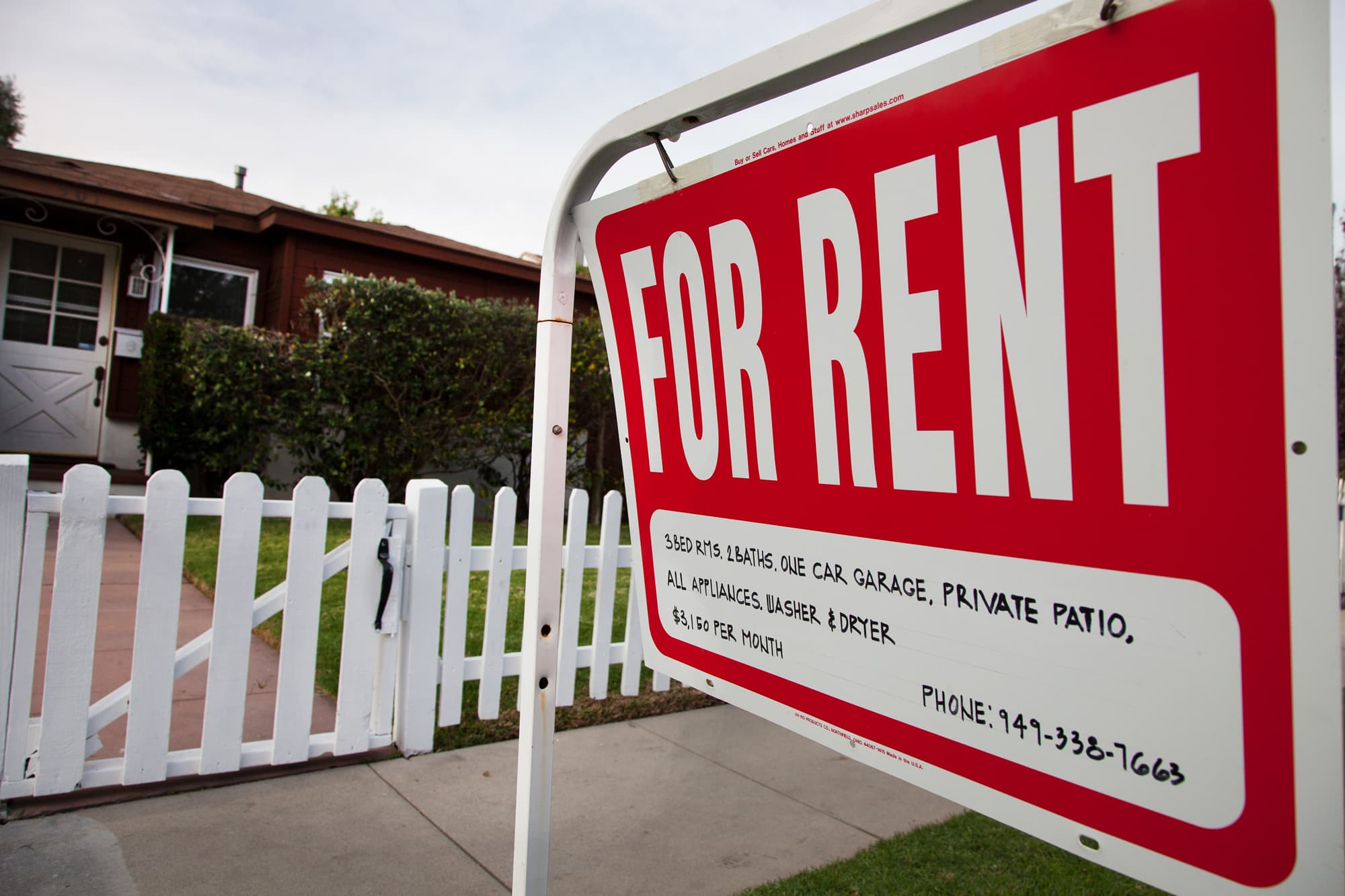Demand for single-family rental homes is soaring, pushing prices to record highs, as Americans begin to emerge from two years of pandemic hardship and return to big cities.
Single-family rents gained a record 12.6% year over year in January, according to a new report from CoreLogic. That compares to an increase of 3.9% in January 2021.
Every major market saw increases, but cities in the Sun Belt saw truly stunning numbers.
For example, single-family rents soared 38.6% in Miami, up from just 2% the previous January. Orlando, Fla., and Phoenix were next in line, with gains of 19.9% and 18.9%, respectively, as Americans continued their migration to warmer parts of the nation. The Washington, D.C., area saw the lowest annual growth in rent prices — but they were still up 5.6%.
“Single-family-rent growth extended its record-breaking price growth streak to 10 consecutive months in January,” said Molly Boesel, principal economist at CoreLogic.
Demand for single-family rentals is so strong partly because the market for potential homebuyers is so tough. Not only are home prices up 19% from a year ago, but the number of listings are still historically low. That means homes that are listed often sell in a matter of weeks, if not days.
Rent growth is strongest in the middle of the market, according to the report. CoreLogic looked at four tiers of rental prices and found the weakest growth on the edges:
- Lower-priced (75% or less than the regional median): up 12%, compared with 3% in January 2021
- Lower-middle priced (75% to 100% of the regional median): up 13.3%, from 3.2% in January 2021
- Higher-middle priced (100% to 125% of the regional median): up 13.4%, from 3.6% in January 2021
- Higher-priced (125% or more than the regional median): up 12.2%, from 4.5% in January 2021
Apartment rents also are still rising, but the gains are moderating slightly, as more supply comes on the market to meet demand.
But the same is not true for the single-family rental market. While more builders and investors opt for build-for-rent projects, the available inventory is still on the low side, with building hampered by supply chain disruptions and the industry labor shortage.
